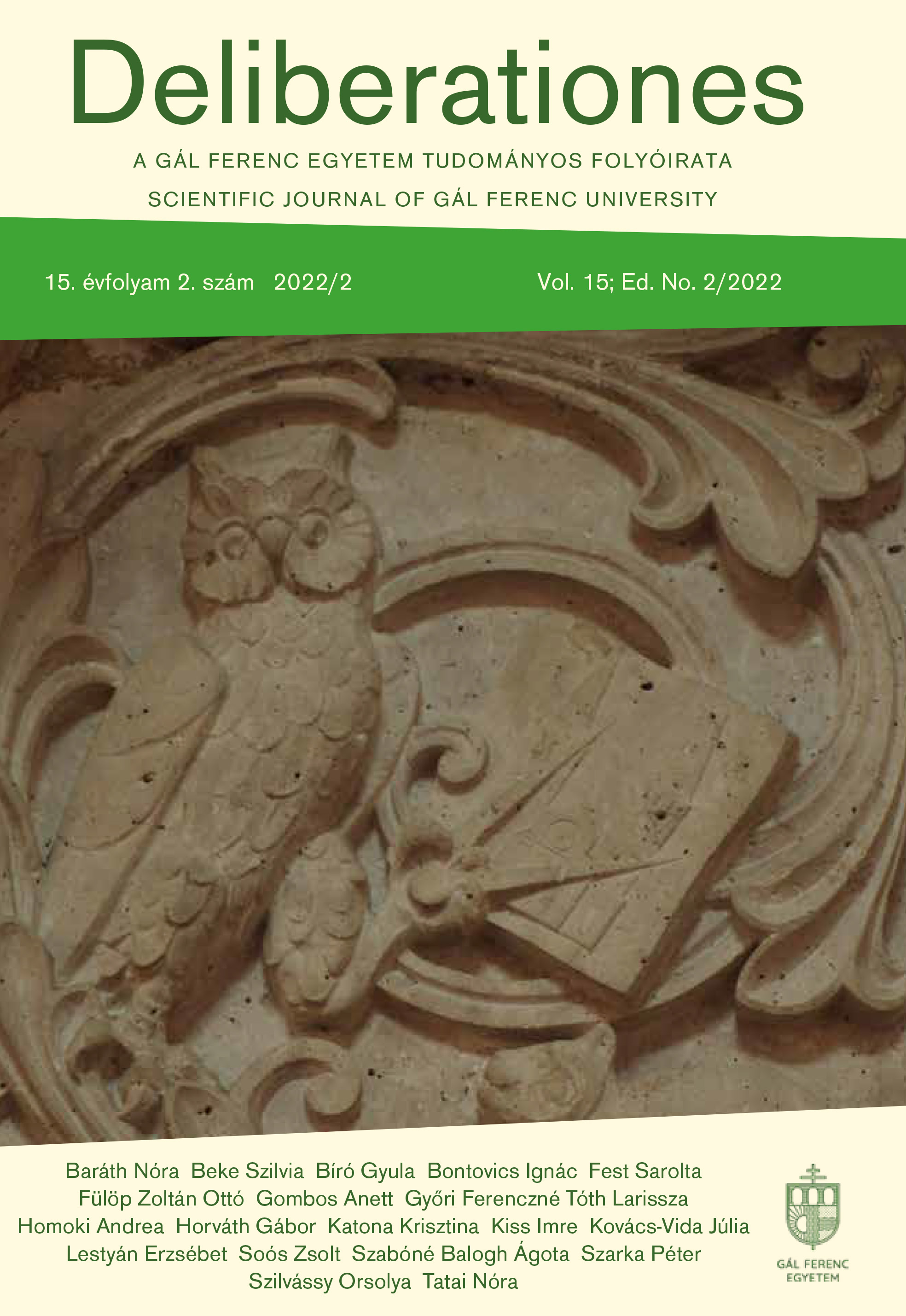Abstract
This study aims to examine the Anima Mundi Museum in Vatican City through an ethnographic lens. The analysis looks at the circumstances of the founding of the memory institution, highlighting the extent to which the Universal Missionary Exhibition (1925, Rome) and the World’s Fair (1929, Barcelona) helped the establishment and initial efforts of the institution.
I will trace how Pope Pius XI, the founder of the museum, and the Roman popes who succeeded him on the throne, enriched the collection. I will explore the similarities and differences of emphasis between the exhibition logic of the Pontifical Ethnological Missionary Museum and the museum, which re-opened in 2019 under a new name and with a new curatorial concept, the main features of the representational logic, and the role of Pope Francis I in the institutional change of approach.
I will present how the exhibition, which focuses on evangelization work among people outside Europe, has been transformed from a pillar of the Holy See’s representational intentions against nationalist ideology and after the end of the colonial empires, a memory institution reflects the postcolonial turn in the sense of re-mapping and applies 21st century museum aspects.
I am seeking the answers to the ways in which the institution is able to combine a universal mission history perspective with an ethnological-anthropological approach. I will explore the place of Anima Mundi, which is part of the Musei Vaticani, in one of the largest and richest museum complexes in the world, and the means of representation that is uses the draw attention to the richness and diversity of civilisations outside Europe, in the context of cross-cultural studies.
Keeping in mind the global-local dichotomy, the museum provides space for interreligious dialogue and intercultural discourse through its material and curatorial concept.
References
Aigner, K. (2014). A short history of the Oceanic collection in the Vatican Ethnological Museum. OAS Journal, 19 (3), 6–7.
Benton, C., Benton, T., & Wood, G. (2003). Art deco: 1910–1939. Bulfinch Press – AOL Time Warner Book Group.
Confalonieri, C. (1975). Pius XI – A Close Up. The Benziger Sisters Press.
Dries, A. (2016). The 1925 Vatican Mission Exhibition and the Interface Between Catholic Mission Theory and World Religions. International Bulletin of Mission Research, 40 (2), 119–132. https://doi.org/10.1177/2396939316638334
Eördögh I. (1998). Az egyház a gyarmati Latin-Amerikában.Gradus ad Parnassum Könyvkiadó.
Gál F. (1941). XI. Piusz pápa teológiája. Szent Erzsébet Nyomda.
Greenfield, J. (1996). The Return of Cultural Treasures. Cambridge University Press.
Kopytoff, I. (1986). The cultural biography of things: commoditization as process. In A. Appadurai (Ed.), The Social Life of Things. Commodities in Cultural Perspective. Cambridge University Press. https://doi.org/10.1017/CBO9780511819582.004
Mapelli, N., Aigner, K., & Fiusello, N. (2012). Ethnos. Vatican Museums Ethnological Collection. Edizioni Musei Vaticani, Citta del Vaticano.
Mellema, R. L. (1988). Wayang puppets: Carving, Colouring, and Symbolism. Royal Tropical Institute.
Mumford, J. R. (2012). Vertical Empire. The General Resettlement of Indians in Colonial
Areas. Duke University Press. https://doi.org/10.2307/j.ctv1220h1x
Nietzsche, F. (1886/1977). Umwertung aller Werte. Deutscher Taschenbuch-Verlag, München.
Pius, XI. (1922). Ubi arcano. Dei consilio. A. A. S., 14 (673–700).
Rohrbacher, P. (2012). Völkerkunde und Afrikanistik für den Papst. Missionsexperten und der
Vatikan, 1922 – 1939. Römische Historische Mitteilungen, 54 (2012), 583–610.
Sánchez-Gómez, L. A. (2013). Human Zoos or Ethnic Shows? Essence and contingency in
Living Ethnological Exhibitions. Culture & History Digital Journal, 2 (2) 2013, 1–25. http://dx.doi.org/10.3989/chdj.2013.022
Sarreal, J. J. S. (2020). The Guaraní and Their Missions: A Socioeconomic History. Stanford University Press. https://doi.org/10.2307/j.ctvqsf00k
Szántó, K. (1988). A katolikus egyház története II. Ecclesia Kiadó.
Filmek
Joffé, R. (Director). (1986). The Mission [Film]. Columbia – Cannon – Warner Bros Pictures.
Elektronikus hivatkozások
Rome Reports: Vatican reopens and renames Ethnological Museum. https://www.romereports.com/en/2019/11/17/vatican-reopens-and-renames-ethnological-museum/ (Letöltés: 2023. 03. 20.)
UNESCO: Wayang puppet theatre. https://ich.unesco.org/en/RL/wayang-puppet-theatre-00063 (Letöltés: 2023. 03. 20.)
UNESCO: Jesuit Missions of the Guaranis: San Ignazio Mini, Santa Ana, Nuestra Seňora de Loreto and Santa Maria Mayor (Argentina), Ruins of Sao Miguel das Missiões (Brazil). https://whc.unesco.org/en/list/275/ (Letöltés: 2023. 03. 20.)
